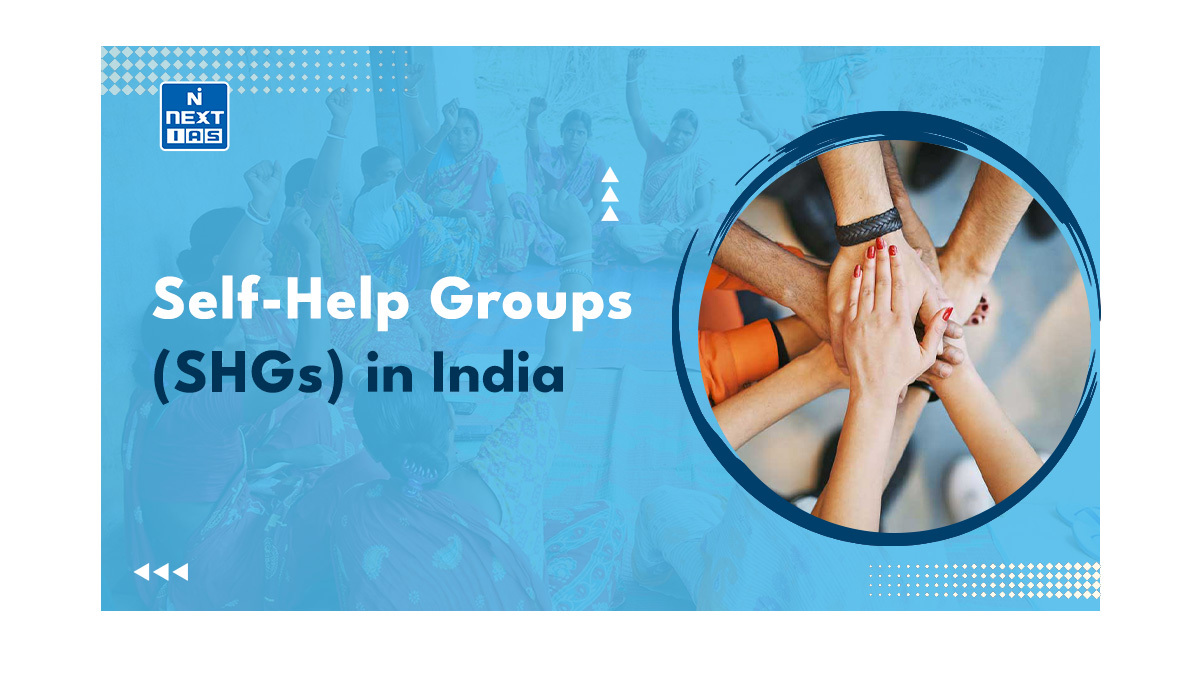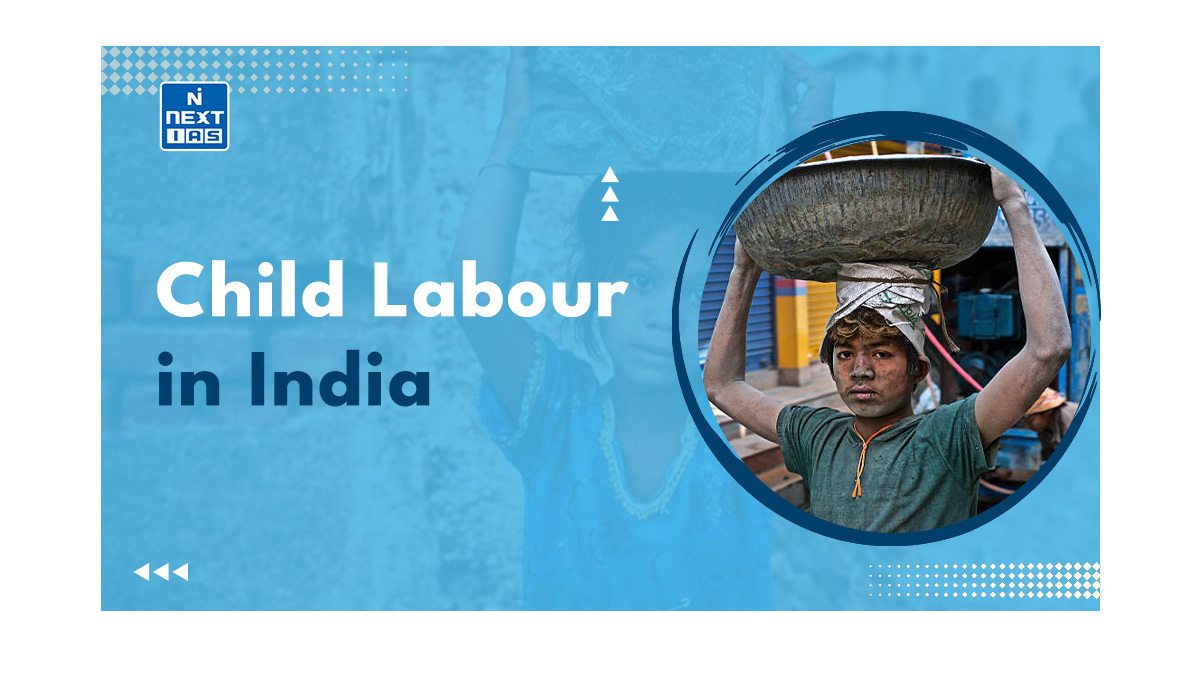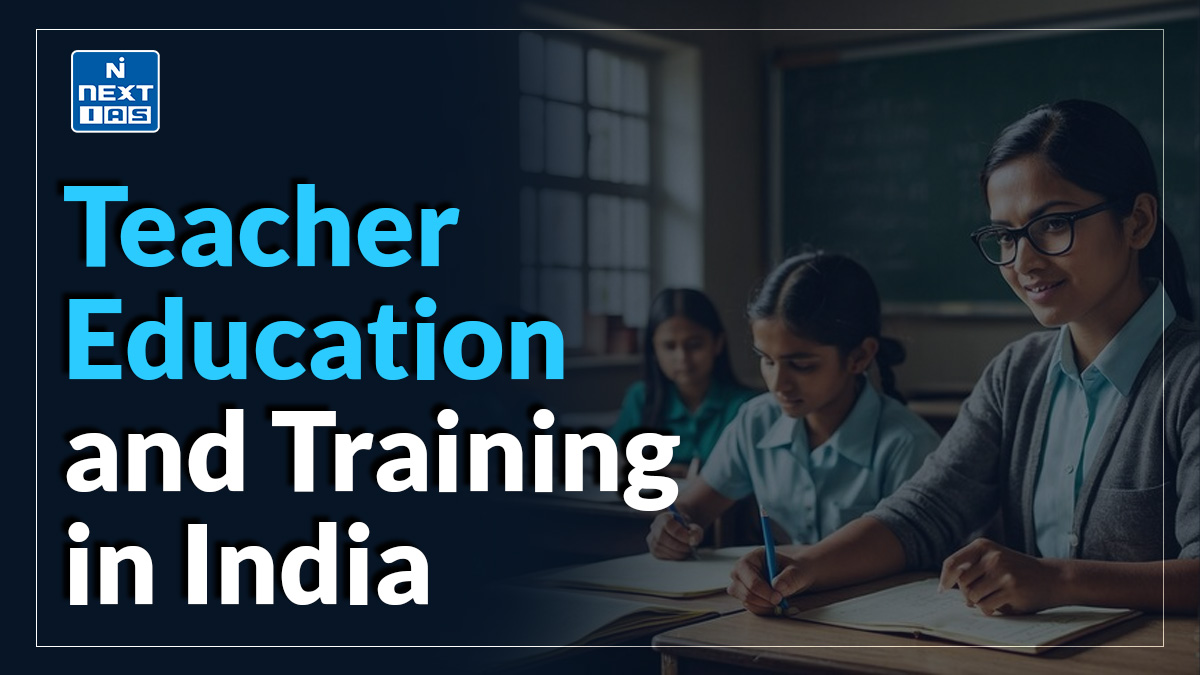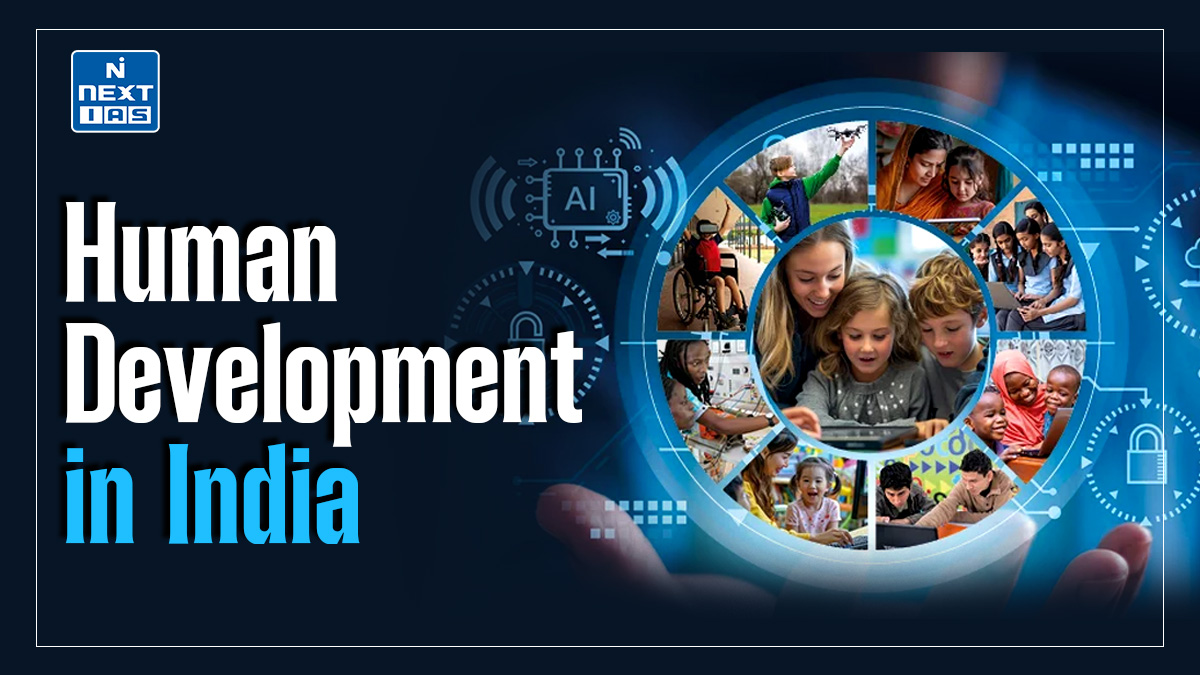
Skill Development in India focuses on enhancing the employability and productivity of the workforce through training and education. It is crucial for economic growth, reducing unemployment, and improving the overall quality of life for Indian citizens. This article aims to study in detail the key challenges and opportunities in India’s skill development initiatives, including government programs, private sector involvement, and the role of technology.
About Skill Development in India
- India, with its demographic dividend of a young population, stands at a pivotal juncture where skill development can play a transformative role in driving economic growth and social progress.
- As one of the fastest-growing economies, the country has recognized the critical need to bridge the skill gap and equip its workforce with competencies aligned to the demands of the 21st-century job market.
Private Sector Contributions
The private sector has been pivotal in enhancing skill development through:
- Corporate Social Responsibility (CSR): Many companies invest in skilling initiatives as part of their CSR mandates.
- Public-Private Partnerships: Collaborations with the government to scale programs.
- Internships and Apprenticeships: Real-world exposure to bridge the gap between theory and practice.
Role of Technology in Skilling
- E-Learning Platforms: Platforms like Coursera, edX, and government initiatives like SWAYAM have democratized access to high-quality education and skills.
- Artificial Intelligence and Data Analytics: Personalized learning paths based on individual needs.
- Virtual Reality (VR) and Augmented Reality (AR): Immersive training for technical and vocational skills.
- Mobile Applications: Apps like “Kaushal Bharat” enable easy access to skilling opportunities.
Government Initiatives for Skill Development in India
The Government of India has launched several flagship programs and policies to address the skill development challenge:
- Skill India Mission: This mission was launched in 2015, the mission aims to train over 40 crore people by 2022.
- It focuses on industry-relevant skills and fostering entrepreneurship.
- Pradhan Mantri Kaushal Vikas Yojana (PMKVY): It provides short-term training and certification for youth.
- It encourages skill-based employment opportunities.
- National Skill Development Corporation (NSDC): A public-private partnership model fostering vocational training centers.
- It promotes partnerships with private players to scale skill development efforts.
- Recognition of Prior Learning (RPL): Formal certification for informal sector workers based on existing skills.
- Digital Initiatives: Programs like “Digital India” aim to enhance digital literacy and provide IT-based skills.
- Sector Skill Councils (SSCs): These councils are created to align training with market needs for specific industries.
Challenges in Skill Development in India
Despite significant efforts, the skilling ecosystem in India faces several challenges:
- Quality of Training: Variability in training quality across centers.
- Infrastructure: Limited access to modern training facilities in rural and semi-urban areas.
- Awareness and Accessibility: Lack of awareness about skilling programs among marginalized groups.
- Industry Collaboration: Insufficient alignment between academia and industry needs.
- Gender Disparity: Limited participation of women in skilling programs.
Importance of Skill Development
Skill development refers to the process of equipping individuals with the technical knowledge, practical competencies, and behavioral skills required for specific tasks or professions. It is vital for:
- Economic Growth: A skilled workforce enhances productivity and innovation, contributing to GDP growth.
- Employment Opportunities: Bridging the skill gap makes individuals more employable and addresses unemployment.
- Global Competitiveness: Skilled workers attract foreign investments and bolster India’s position in the global economy.
- Social Equity: Skill development empowers marginalized communities, promoting inclusivity and reducing poverty.
Success Stories in India
- Kaushalya Karnataka: A state-level initiative providing vocational training and employment to youth.
- Deen Dayal Upadhyaya Grameen Kaushalya Yojana (DDU-GKY): It focused on rural youth, especially women, for gainful employment.
- Tata STRIVE: The CSR arm of the Tata Group has been instrumental in providing industry-specific skills.
Way Forward
To maximise the potential of skill development in India:
- Focus on Emerging Sectors: It emphasises skills for renewable energy, artificial intelligence, robotics, and e-commerce.
- Strengthen Industry-Academia Linkages: It develops curriculums in collaboration with industry stakeholders.
- Promote Inclusivity: It ensures participation from women, differently-abled individuals, and other marginalised communities.
- Scale Apprenticeship Programs: It encourages industries to adopt apprenticeships for hands-on training.
- Regional Focus: It aims to tailor skilling programs to regional and local economic contexts.
- Sustainability and Green Skills: It aims to train individuals in green technologies to align with global sustainability goals.
Conclusion
Skill development is the cornerstone of India’s journey towards becoming a global economic powerhouse. By addressing challenges and leveraging opportunities, India can create a workforce that is not only employable but also adaptable to the rapidly changing demands of the modern world. With concerted efforts from the government, private sector, and civil society, the vision of a “Skilled India” is well within reach.
GS - 2





